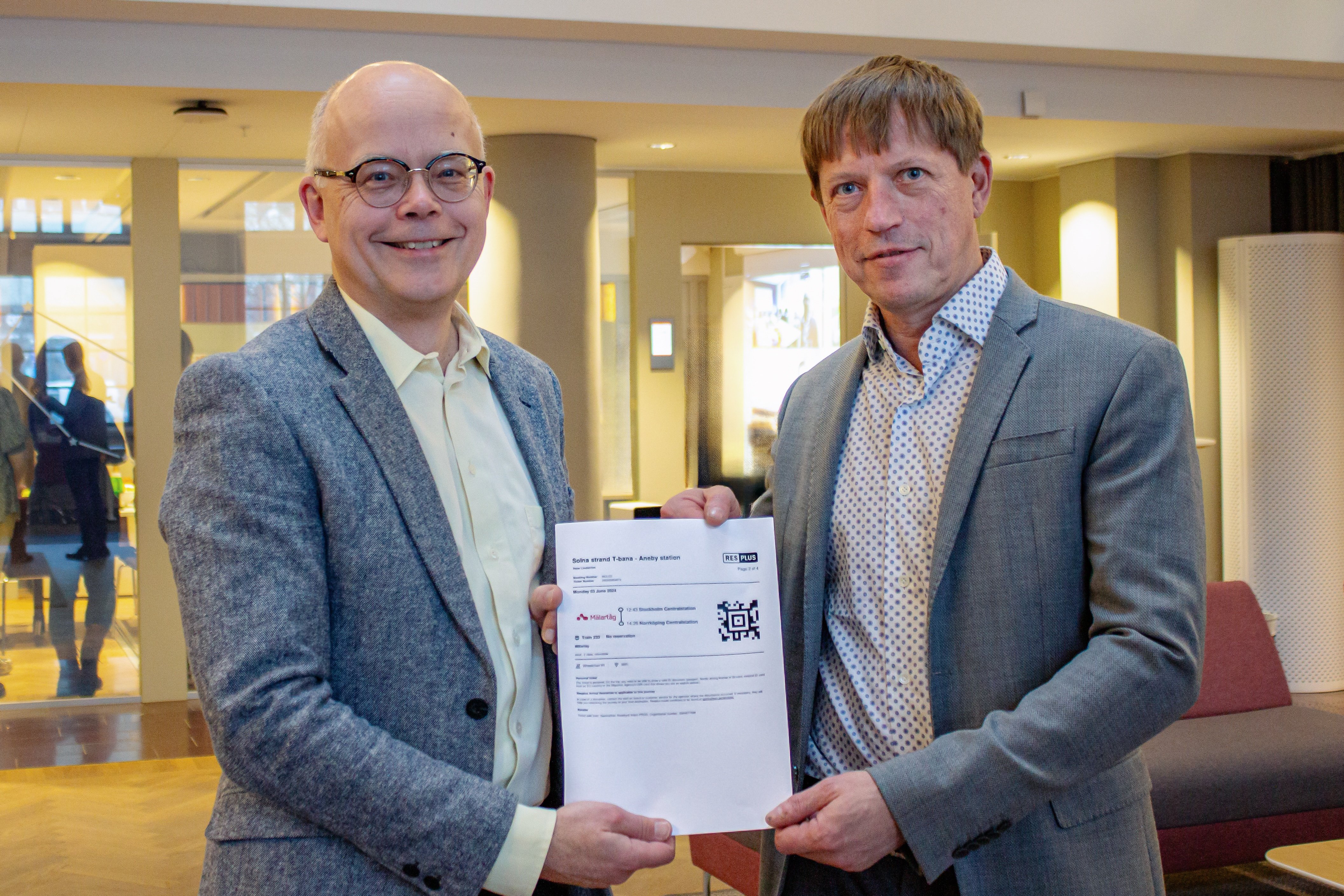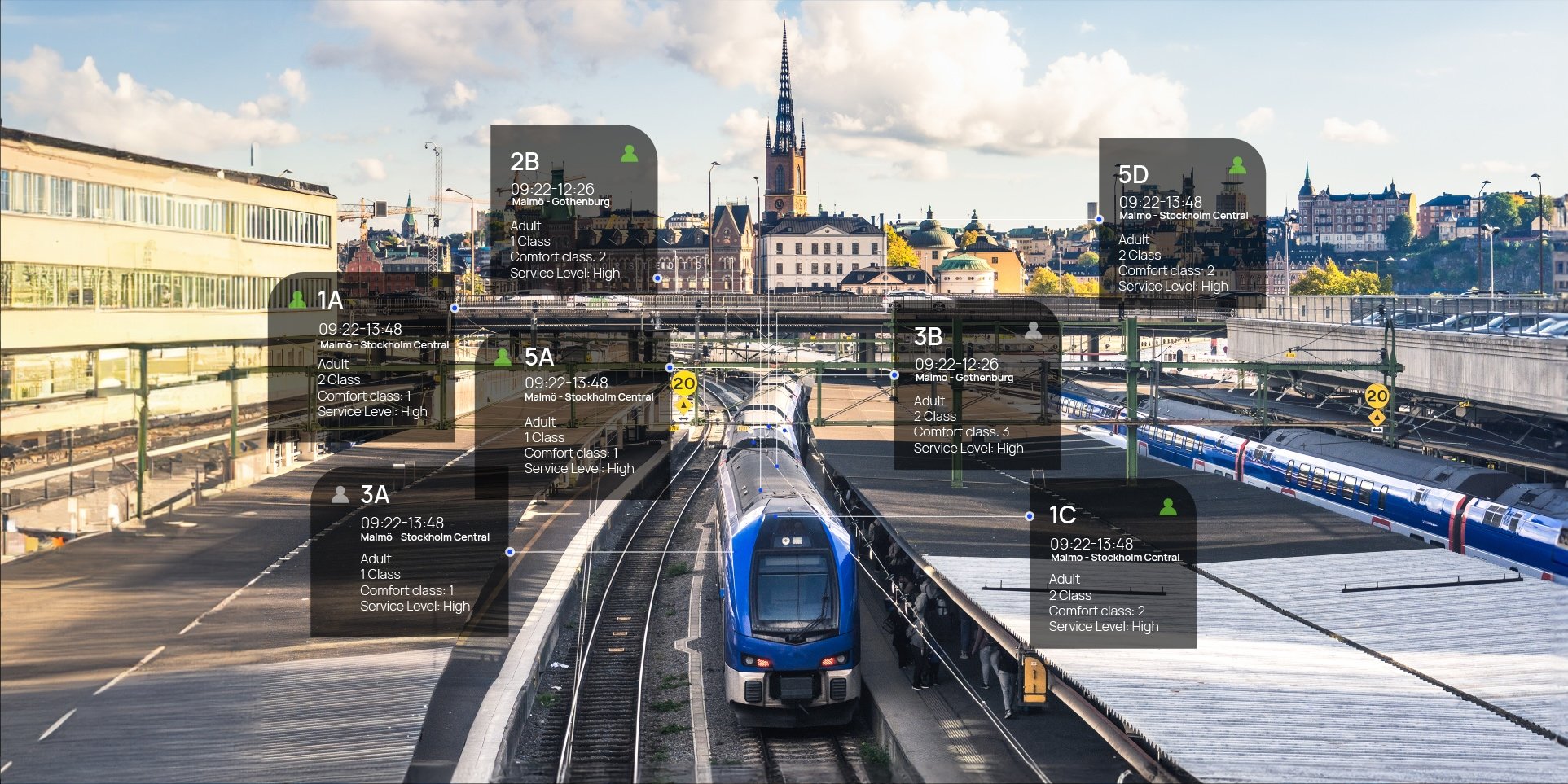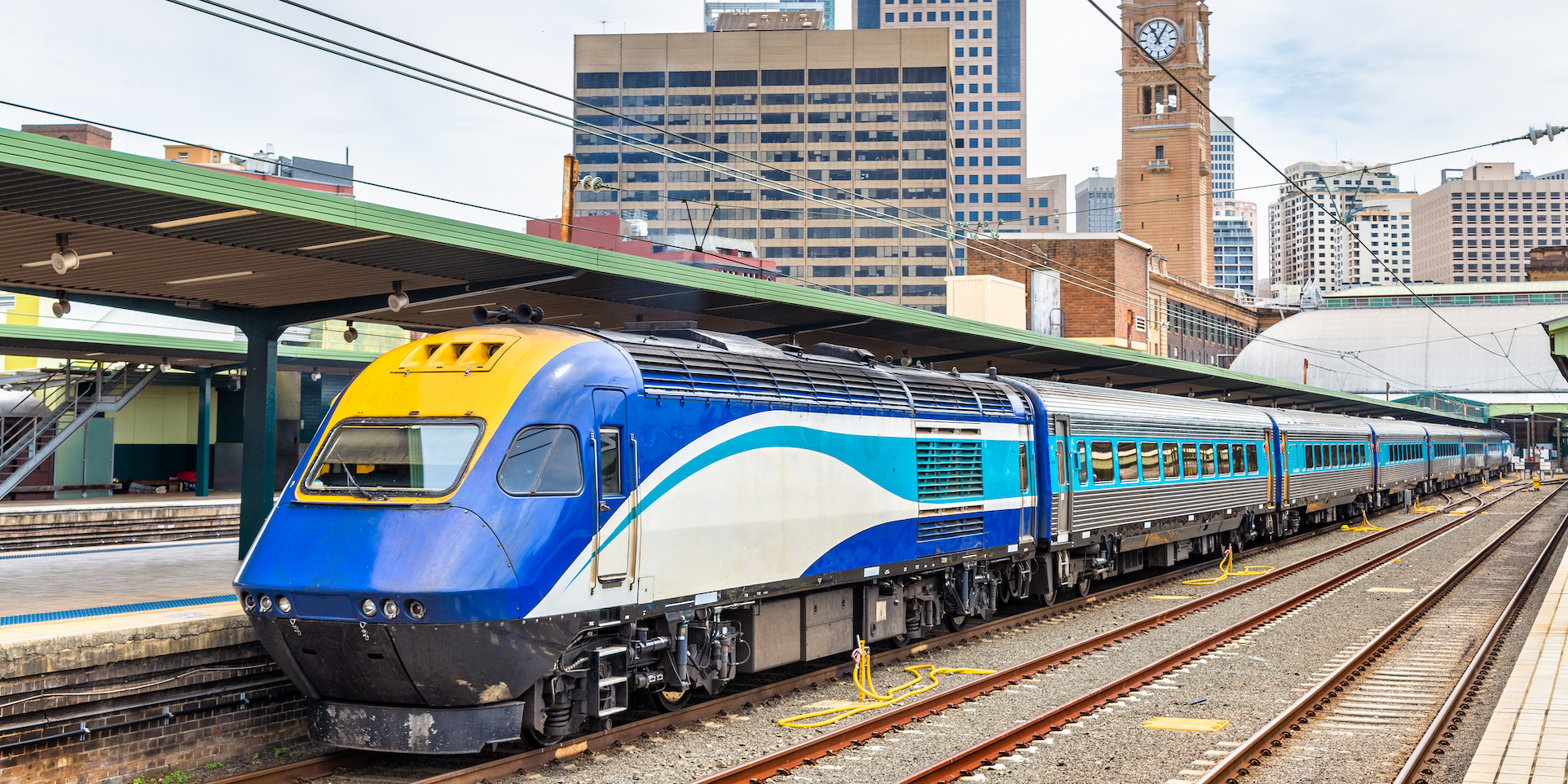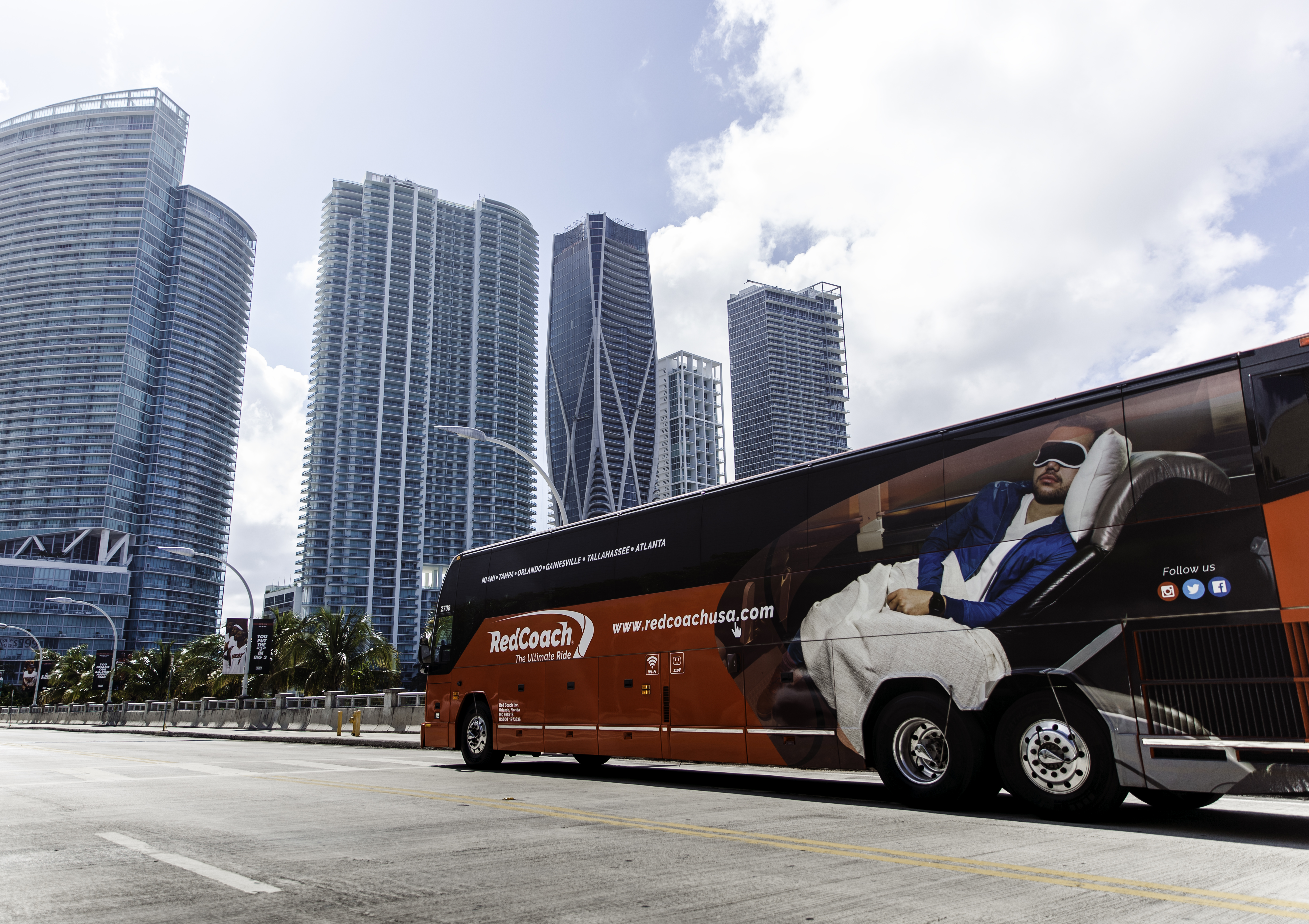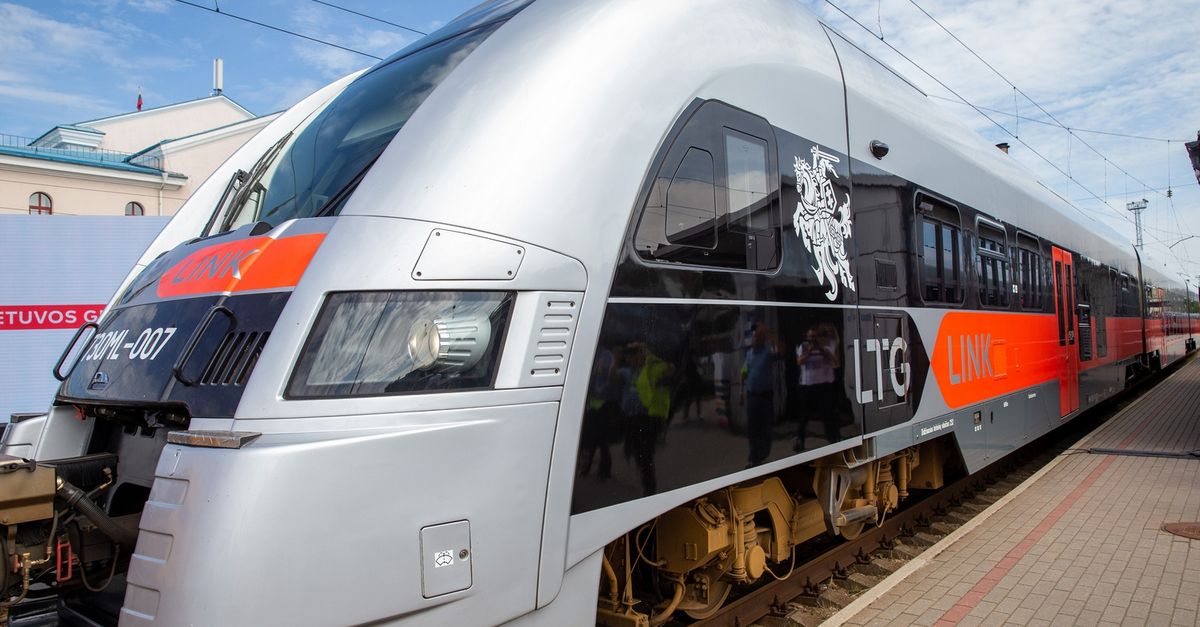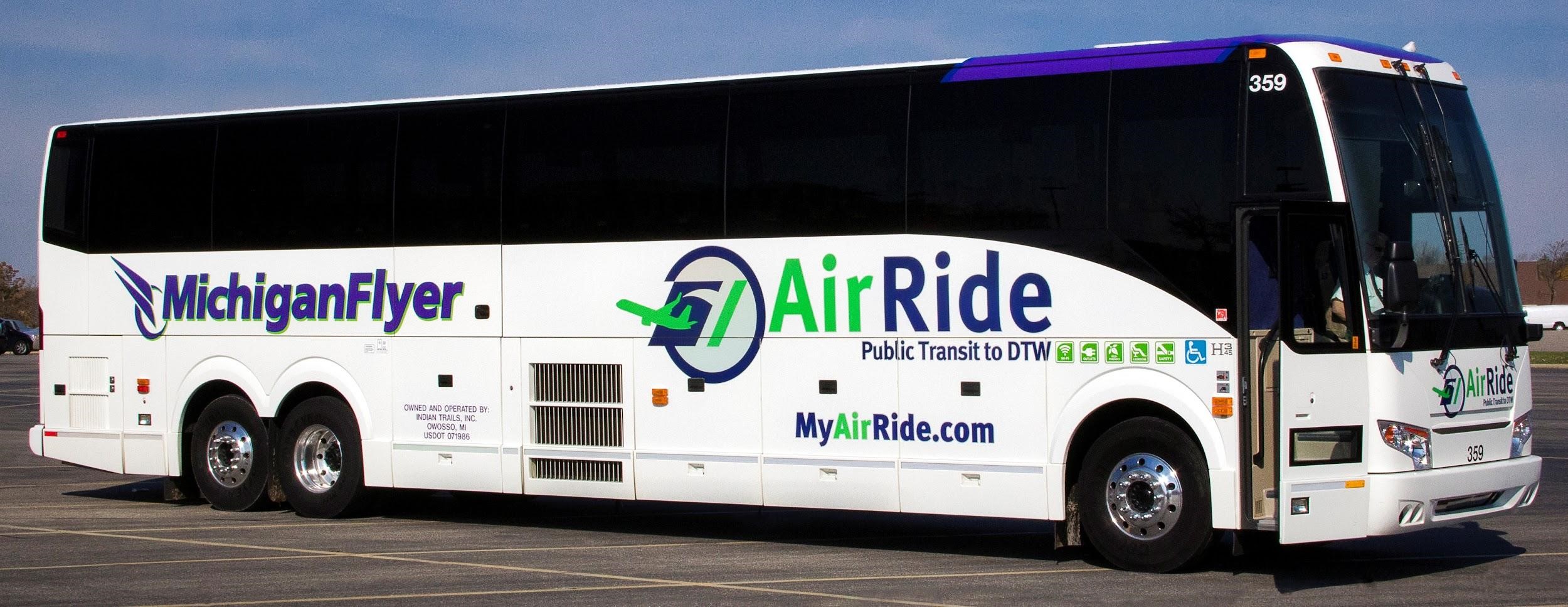5 Trends Driving the Long-Distance Bus Industry in 2018

As a manager of an intercity bus company, it can be challenging to find the time to be constantly updated on all the news of the industry and keep track of the latest trends.
Thus we felt important to give a useful recap of our view on the most important directions with explanations on why each of these changes is relevant to your business.
1. Increasing competitiveness
So far, long-distance bus industry has been stuck in a limbo between the tourist and the commuter service. Yet, it seems to be finding its place in the overall travel mix.
While flying has gotten increasingly cheaper and more popular, the far-away location of airports and the strict security procedures have made flying slower and somewhat tedious. Hence, more travelers opt to avoid airlines on short-to-medium distances.
The train, on the other hand, can be rather expensive in many countries and though faster than the bus, it is also potentially more vulnerable to disruptions. Additionally, trains are fixed to service only stops along the railway track, which might not fit all passengers’ plans.
Thanks to relatively low cost, rapidly increasing convenience and routing flexibility, 200-300 km travel distance is becoming the perfect time slot for buses to offer an added value to passengers over trains and airlines. Considering that passengers are using digital tools to plan better their total travel time, intercity bus operators can successfully leverage this sweet spot to attract more customers and increase profits.
2. Liberalization
While countries like UK and Sweden liberalized their long-distance travel markets beyond high-speed rail a long time ago, other important markets like France, Italy, and Germany opened up recently, and more might be following their lead.
New markets opening up represent an opportunity for long-distance coach operators to make their business more popular and profitable. More popular, because the bus represents a cheaper way of traveling than, for example, the rail.
The appearance of more long-distance bus routes is a chance for those lower-income customers who would otherwise not travel at all. For example in France, it was estimated that after the liberalization of coach market, around 900 000 passengers that otherwise would not have traveled due to high railway fares, now used the opportunity.
Liberalization of big markets have of course also ramped up competition between operators. This is why many bus operators are now looking for the most advanced technological solutions that allow them to offer the best prices and at the same time optimize capacity.
Strategies used by airlines for decades are now adopted by land passenger transportation industries, and there is much to gain for those who acquire on time the best tools and the skills to use them.
3. Multimodal Travel
Multimodality in travel means that a trip taken by passenger consists of several different modes of transportation from end to end. It usually includes also booking and payment for such a trip in easy and holistic flow.
Although the concept has been a long-time discussion topic in the travel industry, in reality, actual wide-scale solutions have been emerging only during the last couple of years, thanks to emerging digitalization and API-based system integration technology.
So far, the trend of multimodal trip planning has somewhat overlooked buses. Now, thanks to digitalization, Europe’s long-distance market liberalization and improved prestige of the bus, this tendency is changing.
4. Customer Experience
One clearly emerging trend is also the changing of the typical customer of long-distance coach market. 10-20 years ago it was a quite widespread belief that the bus is only for the social misfits and anyone who could afford a better customer experience either drove a car or took a train.
But especially on the sweet spot distance we mentioned above, more young and hip people see traveling by bus as an affordable and sustainable mean of travel, and prefer it to owning a car. Besides financial and ecological concerns, many people value the advantages that bus travel offers in terms of comfort and using the travel time to do what they want.
Another emerging type of customer is the business traveler. In markets where rail doesn’t have a strong foothold or not enough frequency, it is the coach industry who tries to fill this segment. Some of the good examples are Lux Express in Baltics and Nettbuss Bus4You in Scandinavia, who successfully provide Business Class travel experience on their coaches.
Better customer experience means, first of all, knowing your customers and forecasting their needs. Technology now allows collecting a vast amount of data that can be used for improved communication, better-targeted offers, more appealing loyalty programs, and much more.
Technology also allows improving customer experience as far as online booking and mobile payments are concerned. Younger customers prefer to book and pay online and use mobile tickets.These customers choose the bus for comfort and are ready to pay for extra services such as good wifi or the possibility to take their bicycle along.
At the end of the day, better customer experience is all about new passengers choosing your company and the old ones sticking to it.
5. Digitalization
The rise in competition, the new identity of the coach traveler, emerging multimodality, and the focus on customer experience, all demand for the industry to equip itself with the new-age digital tools to harness these exciting trends. For many operators, it’s already a matter of extreme relevance for their survival and success.
But what does digitalization mean for the intercity bus industry?
Digitalization means using digital means to thrive, improve and optimize one’s business processes. The goal is to empower your business model with everything that the digital world allows you to use for the benefit of your business.
One of the biggest misconceptions we encounter is that it only takes someone outside your organization to digitalize your business magically.
Be it to collect all sort of data and use it to understand better, attract and communicate with customers or automate your sales, operations, and analytics. Thus, operators can offer the best service with less effort, and users are free to enjoy this service without hassle and disruptions.
Although the goal of digitalization sounds simple, many operators are still struggling with understanding how it actually works. For example, one of the biggest misconceptions we encounter is that it only takes someone outside your organization to digitalize your business magically. We will dispel this, and a few other myths about digitalization, in another blog post soon.
Conclusion
The long-distance bus industry has traditionally been slow to evolve and resistant to change. But times are changing: a revolution of bus travel is underway in the form of multimodality, liberalization, the focus on customer experience, and the shift from offline to online.
Many simultaneous changes can be confusing, and it is not always easy to understand which trends are driving the industry and which attempts at innovation are just dead-ends.
Keeping up with the relevant novelties and being prepared for the future is essential for those businesses that are not only focused on surviving the present moment but wishing to become the new industry superstars.

